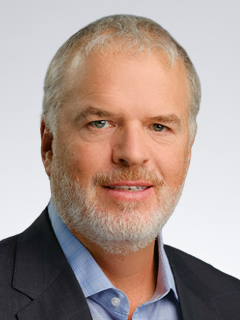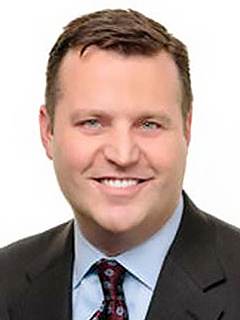Making the most of the downturn: Industrial Manufacturing
Manufacturers should prepare for a range of economic possibilities because those that recalibrate early and quickly are more likely to end up on top.

Nearly three quarters of U.S. manufacturers who responded a new KPMG survey say there’s a greater-than-50 percent chance the U.S. will enter a recession in the 12 months to July 2023. Our advice to manufacturers is not to wait to see if this happens, but to consider a range of options to improve resilience, including strengthening the balance sheet and looking for alternative sources of capital in an environment of rising interest rates. If cost-cutting includes reducing workforce size, consider whether this may leave the company vulnerable to future skills shortages if a recession proves short-lived.
Still, with economic trends pointing in varying directions, it will be highly advantageous to plan for the possibility that industrial demand may move along different paths. Will a recession be short and mild? Will it be V-shaped like the “COVID recession” or a deep, prolonged downturn with a U-shaped recovery? Could it be a “W” with a recovery followed by another contraction? Business leaders should plan for these possibilities—and for a recession that doesn’t conform to established patterns.
KPMG has a long history of helping IM leaders navigate through economic cycles. We help them cut costs while maintaining the quality of their products and services, raise margins quickly, and identify promising growth opportunities. We also offer proprietary tools to help them increase the number of qualified applicants for open positions. Perhaps most important, we help clients build forecast models, make valuations, and develop overall strategic points of view to justify spinoffs and acquisitions—or avoid them—and integrate acquisitions to create sustainable value quickly. To learn more, please see our new paper, “Making the most of a downturn in industrial manufacturing”.
Explore more
Meet our team


Subscribe to M&A Spotlight
KPMG Deal Advisory and Strategy distributes a wide selection of thought leadership that highlights the latest M&A issues and trends.